Getting off the beaten track in Africa, with excellent wildlife but away from the crowds, is a rewarding experience and easier than you might expect. In famous safari destination countries there are always going to be areas which have a reputation, rightly, for offering amazing wildlife encounters. However, there are also national parks which offer amazing experiences but as they are a little more off the beaten track tend not to attract the same number of visitors – in many cases due to their only being one or two camps in the area. Here we look at the prime wildlife countries and where you can go off the beaten track in each.
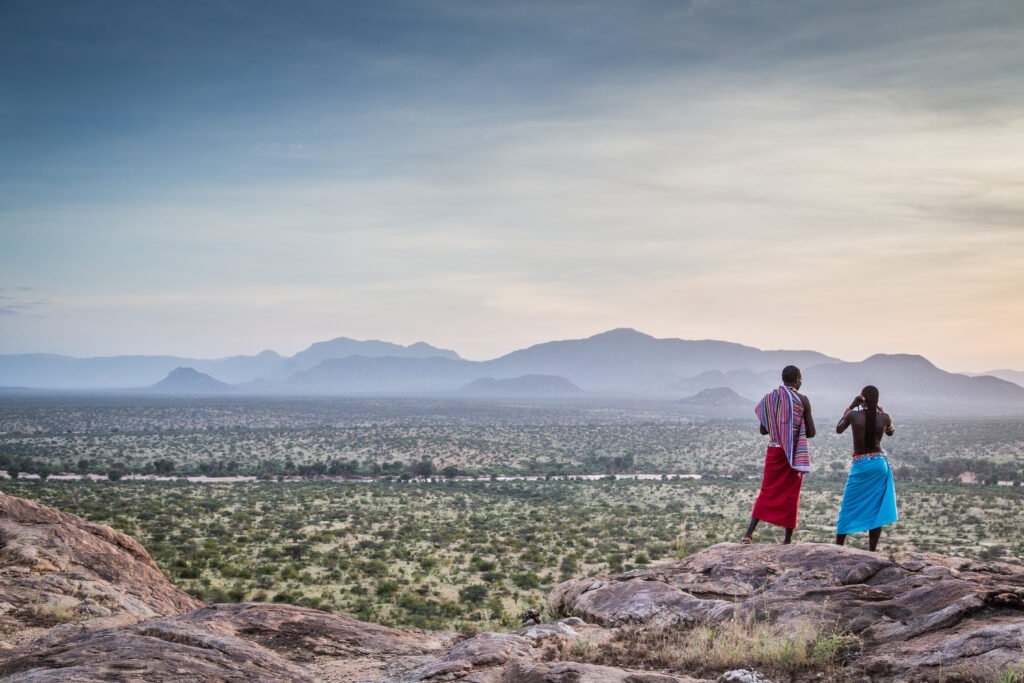
World-renowned for national parks such as the Masai Mara, Amboseli and Tsavo East and West, there is so much in Kenya to explore ‘off the beaten track’. For vast open plains, large tusker elephants, a myriad of activities including riding safaris (not beginners), and extraordinary views, head to Ol Donyo in the Chyulu Hills. With only this one lodge in the area you are guaranteed tranquillity, and with a productive waterhole in front of camp, this is a luxurious escape into the wilderness.
Located in the south of the Great Rift Valley, the Shompole Conservancy, is a large and privately operated conservation area. The area, which is owned by the Masai, is an invaluable conservation area and with only one camp currently in the area – another camp opens next year – a safari here makes you feel like you are the only people for miles around.
Kenya is a country that is blessed with national parks and wilderness areas which are off the beaten track – Lake Turkana is an extraordinary example of this, and with plenty of properties on private land it is easy to get away from others whilst also enjoying wildlife rich experiences.
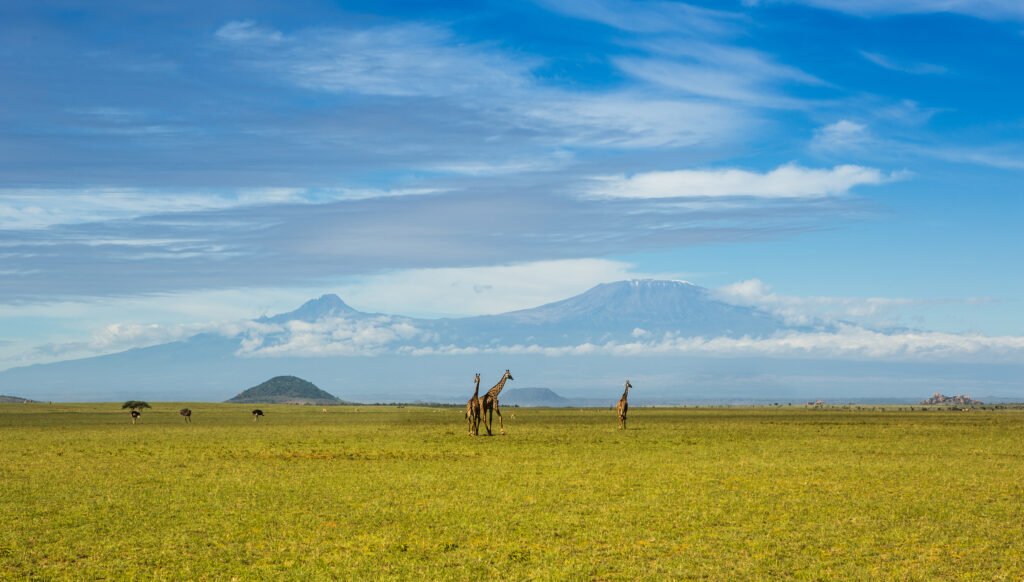
Zimbabwe
Zimbabwe is a country with a rich heritage of safari, most people will know the jewels in the safari crown – Hwange and Mana Pools National Parks. In addition parks such as the Matusadona and the Matopas not only offer a variety of different activities and scenery, they are far less visited than their more well-known counterparts. However, to get really off the beaten track, head to the south east of the country where you will find Gonarezhou National Park.
Meaning ‘Place of the Elephants’ it is the second largest national park in Zimbabwe and part of one of the largest conservation areas in the world – the Greater Limpopo Transfrontier Park, which was established in 2002. Fittingly it is home to some 11,500 elephants, as well as a rich diversity of other mammal species, including giraffe, buffalo, lion, leopard, black and white rhino and hyena. Birdlife, due to the diverse habitats in the park, is also incredibly varied with over 450 different species recorded.
A combination of the area being less easily accessible and only a couple of permanent camps in the area, ensures this wilderness remains just that – you can easily spend a full day in the park and not see another vehicle – which is what happened to me.
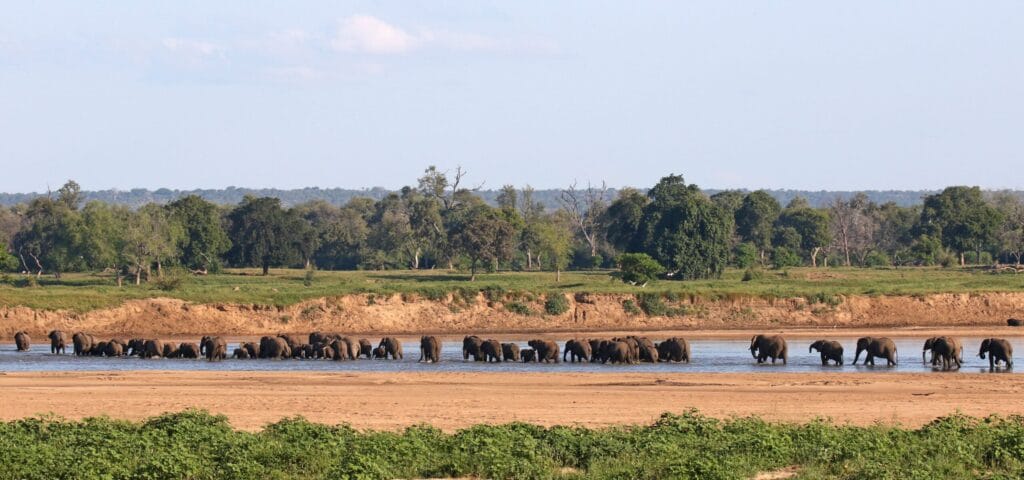
Rwanda
This pretty little country has always been renowned for the gorilla tracking opportunities it offers. Historically there have been few options for a longer trip and especially one which would take in other national parks which would offer traditional African wildlife viewing. Since 2010 African Parks, in partnership with the government of Rwanda, have managed Akagera National Park, supporting its conservation efforts. Since then it has become a conservation success story.
With effective management and conservation in place, Akagera, which is one of Central Africa’s largest protected wetlands, has become a refuge for Rwanda’s last remaining savannah species. Lions, black and white rhino have been reintroduced into the park and are thriving. Elephants, buffalo, giraffes, zebras, plenty of antelope species and wonderful birdlife.
With only a couple of camps in the park, this little visited park is a rewarding place to spend time before or after seeing the gorillas in Volcanoes National Park or the chimpanzees in Nyungwe National Park.
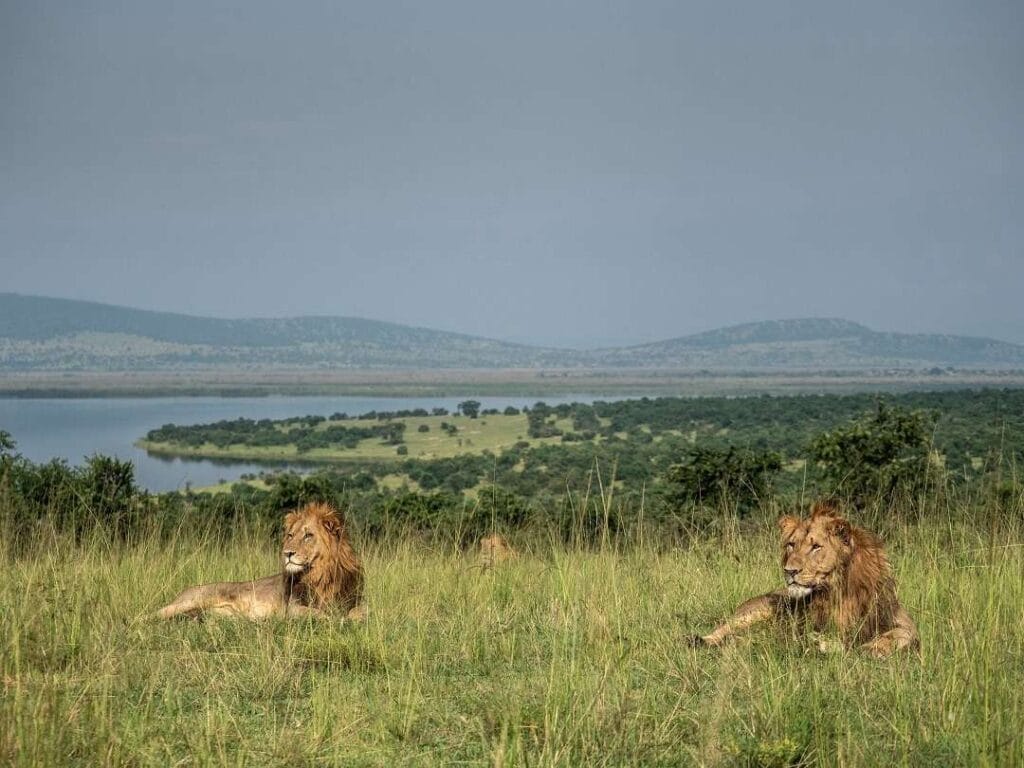
Botswana
When most people think of wildlife viewing in Botswana, they think of the world famous Okavango Delta, which is as unique as it is beautiful. A much less visited area in Eastern Botswana, sandwiched between South Africa and Zimbabwe, is the Tuli Block. It is more easily accessed from South Africa and for those who make the journey they are rewarded with plentiful wildlife, rugged and varied landscapes and a handful of properties to stay in.
Mashatu Game Reserve is just one of these, extending to 42,000 hectares, the reserve is a haven for wildlife. In addition to boasting one of the largest wild populations of elephant on private land, all the key African wildlife species you would hope to see on a safari, can be found here. In addition, the variety of activities – including cycling, horse riding, walking safaris, sleepout hide, fly camping and the strategically positioned underground photographic hide, makes it the ideal choice for those wishing to visit an area where there are few people but plenty of animals and birdlife.

South Africa
Often referred to as a ‘world in one country’ the safari opportunities in South Africa hardly need any introduction. The world famous Kruger National Park is rightfully known for the amazing wildlife sightings which it produces and thanks to the private reserves which border the main park, it is possible to visit without seeing too many other vehicles. In addition the large number of private reserves throughout the country means it is relatively easy to have a wonderful safari with few others around.
To get truly off the beaten track in this well-connected country is still very possible. Often combined with the Tuli Block in Botswana, Pafuri, or the Makuleke Contractual Park, is the northern most section of the Kruger National Park. Comprising approximately 240km2 of land, this area of the park is less visited, in part due to its geographical location making it that much harder to access.
With varied habitats and sandveld soil, the area is well-drained and there are several natural springs in the area. With great wildlife viewing, including all the key species you would hope to see, it is an area renowned for the quality – and diversity – of its birding opportunities, with species such as Pel’s Fishing Owls often seen.
Even further afield and off the beaten track is Tswalu Kalahari, a privately owned reserve stretching over 292,000 acres, equivalent to roughly 1200km2. With just three accommodation options across the reserve, including an exclusive use house, this reserve offers the lowest ration of guests to space in South Africa. You can expect understated luxury in keeping with its surroundings and wonderful wildlife viewing of a variety of species including desert adapted specialists such as meerkats and brown hyena.

Tanzania
Tanzania is blessed with any number of stunning, and wildlife rich, national parks. Getting away from the crowds is easier than it might first appear and choosing not to visit the more popular destinations of the Serengeti and Ngorongoro Crater, and getting off the beaten track, you will be richly rewarded with amazing wildlife, few if any other people, and diverse scenery.
Western Tanzania is truly off the beaten track; the flights are infrequent and if coming from Arusha you will need to re-fuel en route, yet it features two of these national parks; Katavi and the Mahale Mountains.
Katavi is an enormous national park with just a couple of camps. In fact it is Tanzania’s third largest national park and least visited. Huge open plains, large rivers and mixed woodlands offer ideal habitats for plenty of wildlife. The seasonal rivers in the park form a vital part of the ecosystem, and as the dry season progresses they almost all dry up. The hippos congregate in increasingly large numbers in the remaining water pools, offering some spectacular opportunities to view these animals.
As the season progresses, and the water sources become scarcer, the crocodiles dig holes in the riverbanks and aestivate – an extraordinary site. In addition, lions, cheetah, elephants, giraffe and much more make this park their home. With game drives and walking safaris on offer, this national park richly rewards those who make the long journey to visit it.
Often combined with Katavi, is the Mahale Mountains National Park. On the shores of Lake Tanganyika, this national park is unusual in that the only access is via a boat on the lake and all of the exploring is done on foot – there is no transport allowed within the park itself, making it truly wild. The main draw here is to see the habituated chimpanzees and the park is home to the largest known population of eastern chimpanzees.
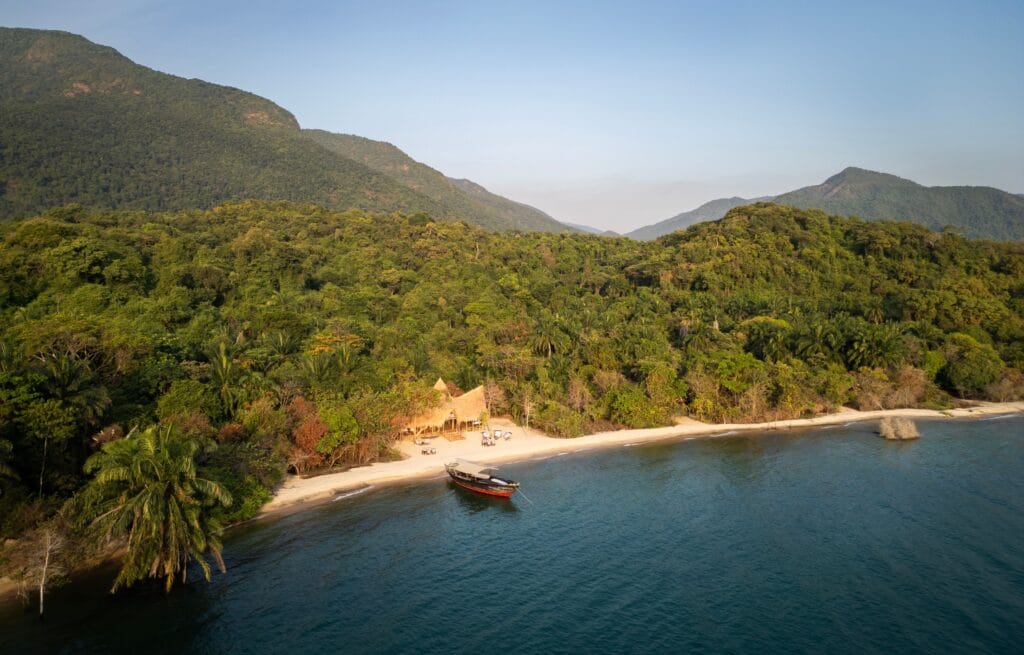
Zambia
Zambia is a country which often is on every safari connoisseurs bucket list as one of the premier destinations for wildlife viewing. Large national parks offer excellent wildlife viewing and all in relative isolation, though the more well-known parks of the Lower Zambezi and South Luangwa may feel busier than other areas of the country.
To get truly off the beaten track here is relatively easy with a number of excellent national parks which have few visitors and may be a little more specialised as well, such as Kasanka National Park for the bat migration and the Bangweulu Swamps for the sightings of the elusive Shoebill. For more traditional wildlife viewing Liuwa National Park and the North Luangwa are both well worth a visit.
Liuwa Plains, located in the west of the country and close to the border with Angola, is known for the second largest wildebeest migration in Africa, vast open plains and its seasonality. The entire plains will flood and the vegetation has adapted accordingly. With vast open plains as far as the eye can see, this is an astonishing park with only one permanent camp. Hyena are the dominant predator, with lions, cheetah and wild dog also seen. For birders, this is paradise with a vast array of species.
The North Luangwa is the lesser-known counterpart to the well known and well visited South Luangwa. On the Luangwa River, this national park has historically been a destination for those who enjoy walking safaris only. Now, with more roads opening up game drives are also possible but with only a handful of camps and no scheduled flights, it is little visited and offers all the wildlife of the South Luangwa, with a feeling of isolation.
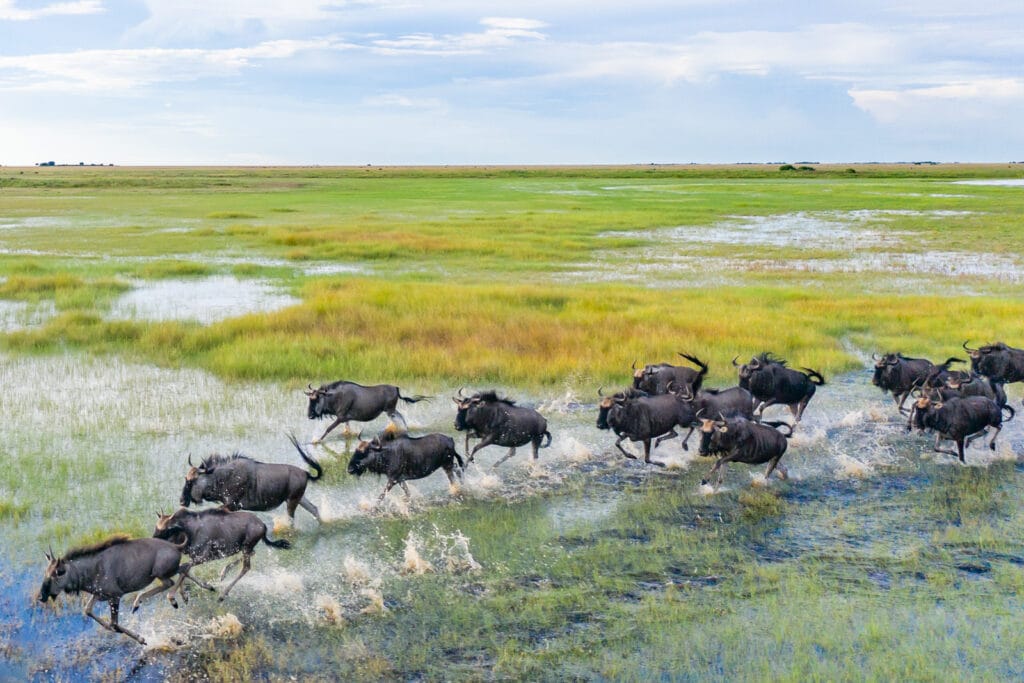
Conclusion
Getting off the beaten track in Africa is more than possible throughout the prime wildlife countries, and for those who do the rewards are endless; excellent wildlife with a sense of space and wilderness around. It is true some are a little more involved to access – but the experience when there is always worth it.
If you would like to learn more about the different options for getting off the beaten track, or any other holiday to Africa, please do get in touch to discuss your wishes. We would be delighted to help you.
